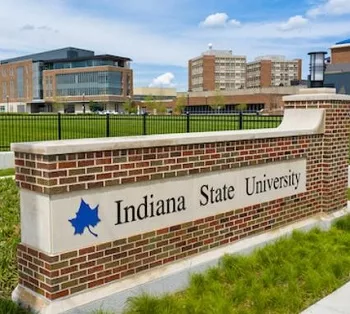
By Donnie Burgess
STATEWIDE — College and electric vehicle investments: one doesn’t necessarily go with the other, but both paint a picture of economic development and financial growth in Indiana.
Indiana State University agreed to raise tuition last week by 2.75 percent, which means full-time, instate undergraduate students will have to pay slightly under 10-thousand-dollars this coming school year. Then, in 2024, those same students would have to pay just over 10-thousand-200-dollars.
It’s a move the school believes is necessary to survive financially, says Gerry Dick with Inside Indiana Business.
“ISU has been challenged in terms of enrollment and bolstering enrollment. That’s put a financial strain, certainly, on the school,” Dick explains to WIBC’s Tony Katz.
Colleges across the country are fighting each other over students and fighting what’s arguably a bigger issue: students choosing to not pursue college. Schools are trying to step out from the pack and present their case as to why graduating high school students should choose to go to college.
There are some people within Terre Haute that feel ISU had that appeal with it’s recent opportunity to host the NCAA Super Regional baseball tournament – an opportunity the school turned down, citing scheduling as the issue.
“I think it’s an issue, whether real or perceived, that there is and has been, not the greatest working relationship between Indiana State University and the community,” Dick explains.
David Patterson, head of Vigo County Tourism, told Inside Indiana Business that he puts the blame on ISU, and that their decision cost the city hundreds of thousands of dollars in tourism revenue. He says the school could’ve worked out a deal with the city, if it wanted.
Meanwhile, for students leaving college, or just young people seeking a job in general, the choices for employment are growing in the field of electric battery and vehicle manufacturing.
General Motors is investing over three-billion-dollars in New Carlisle, which equates to about 1,700 jobs. GM’s 600-million-dollar investment in Fort Wayne has provided economic growth for the city, and several other towns and cities in Indiana are being selected for the latest in electric vehicle manufacturing.
“They’ve [GM] also improved many plants that people thought were going away, like in Marion and Bedford, so GM appears to be all in, if you will, on Indiana,” says Gerry Dick.
However, the electric vehicle expansion isn’t without it’s consequences. Dick says Indiana may currently be going through the worst part of the transition to electric power: the fall of the traditional auto-manufacturing field. He says there’s going to be great impact, which means those jobs will go away, and the desired skills will be in the electric vehicle space.


